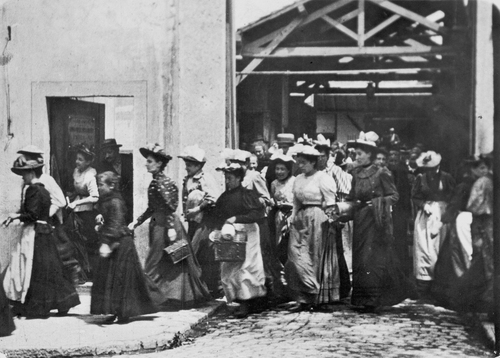Grupo Cine Liberación (Fernando E. Solanas, Octavio Getino), Argentina, 1968. The work is one of the most important films of Third Cinema.
A quote from Frantz Fanon’s The Wretched of the Earth. The film was of course banned and had to be shown clandestinely.
Or videos or video/film installations. To properly make the distinctions (which exist and are important) would require another text.
I am aware of the problem of treating all these spaces as similar.
At least in Western countries.
The context of Godard’s comment is a conversation—a monologue, apparently—with young installation artists, whom he reprimands for their use of what he calls technological dispositifs in exhibitions. See “Debrief de conversations avec Jean-Luc Godard,” the Sans casser des briques blog, March 10, 2009, →.
See Brian Holmes, “Warhol in the Rising Sun: Art, Subcultures and Semiotic Production,” 16 Beaver ARTicles, August 8, 2004, →.
Sabeth Buchmann quotes Hardt and Negri: “The ‘social factory’ is a form of production which touches on and penetrates every sphere and aspect of public and private life, of knowledge production and communication,” in “From Systems-Oriented Art to Biopolitical Art Practice,” NODE.London, →.
Jonathan L. Beller, “Kino-I, Kino-World,” in The Visual Culture Reader, ed. Nicholas Mirzoeff (London and New York: Routledge, 2002), 61.
Ibid., 67.
For a great essay about this work see Harun Farocki, “Workers Leaving the Factory,” in Nachdruck/Imprint: Texte/Writings, trans. Laurent Faasch-Ibrahim (Berlin: Verlag Vorwerk, New York: Lukas & Sternberg, 2001), reprinted on the Senses of Cinema Web site, →.
My description refers to the Generali Foundation show‚“Kino wie noch nie” (2005). See →.
“Aujourd’hui le décor du premier film est sauvé et abrite une salle de cinéma de 270 fauteuils. Là où sortirent les ouvriers et les ouvrières de l’usine, les spectateurs vont au cinéma, sur le lieu de son invention,” Institut Lumière.
“La partie Hangar, spacieux hall de réception chargé d’histoire et d’émotion pour tous vos déjeuners, cocktail, dîners…(Formule assise 250 personnes ou formule debout jusqu’à 300 personnes),” Institut Lumière.
There is however one interesting difference between cinema and factory: in the rebuilt scenery of the Lumière museum, the opening of the former gate is now blocked by a transparent glass pane to indicate the framing of the early film. Leaving spectators have to go around this obstacle, and leave through the former location of the gate itself, which no longer exists. Thus, the current situation is like a negative of the former one: people are blocked by the former opening, which has now turned into a glass screen; they have to exit through the former walls of the factory, which have now partly vanished. See photographs at ibid.
For a more sober description of the generally quite idealized condition of multitude, see Paolo Virno A Grammar of the Multitude, trans. Isabella Bertoletti, James Cascaito, and Andrea Casson (New York and Los Angeles: Semiotexte, 2004).
As do multiple single screen arrangements.
“Godard on Tout va bien (1972),” →.
“Photography and video filming are not normally allowed at Tate” (→). However, filming there is welcomed on a commercial basis, with location fees starting at £200 an hour (→). Policy at the Centre Pompidou is more confusing: “You may film or photograph works from permanent collections (which you will find on levels 4 and 5 and in the Atelier Brancusi) for your own personal use. You may not, however, photograph or film works that have a red dot, and you may not use a flash or stand.” (→).
Thomas Elsaesser, “The Cinema in the Museum: Our Last Bourgeois Public Sphere?“ (paper presented at the International Film Studies Conference, “Perspectives on the Public Sphere: Cinematic Configurations of ‘I’ and ‘We,’" Berlin, Germany, April 23–25, 2009.
Jürgen Habermas, The Structural Transformation of the Public Sphere: An Inquiry into a Category of Bourgeois Society, trans. Thomas Burger with the assistance of Frederick Lawrence (Cambridge, MA: The MIT Press, [1962] 1991).
Elsaesser, “The Cinema in the Museum.”
Boris Groys, “Politics of Installation,” e-flux journal, no. 2 (January 2009), →.
A good example would be “Democracies” by Artur Żmijewski, an un-synchronized multi-screen installation with trillions of possibilities of screen-content combinations.
